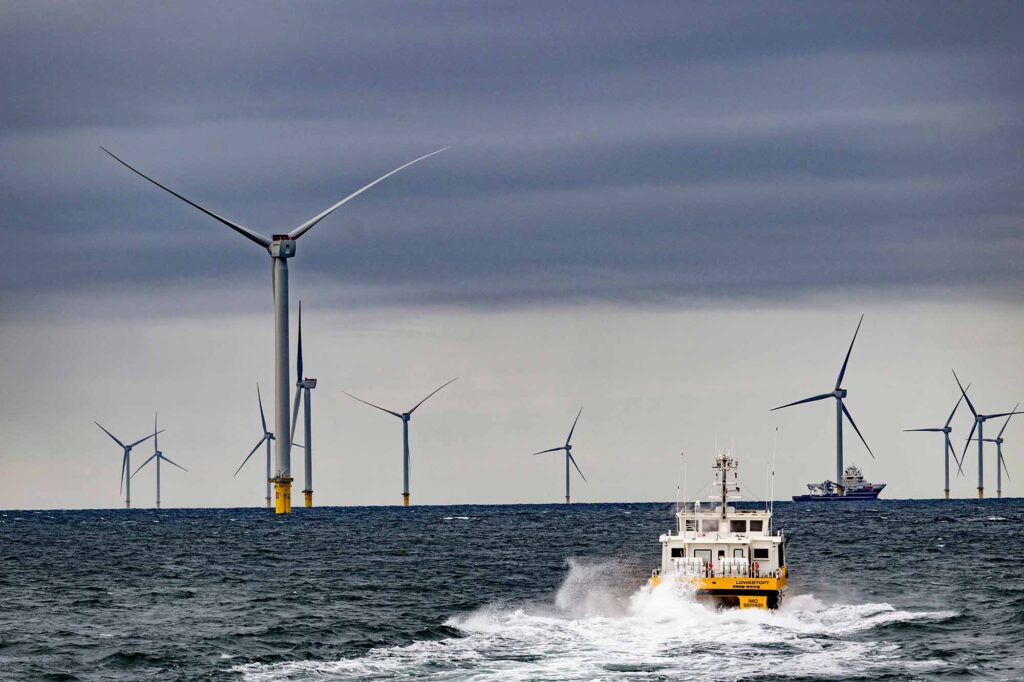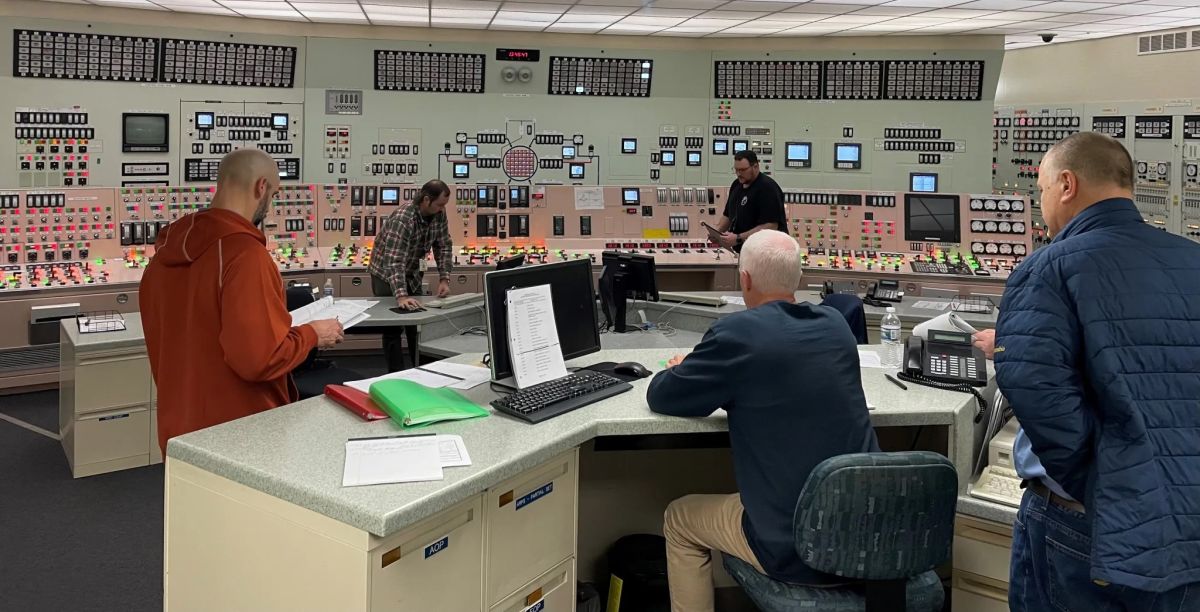As the global energy landscape shifts toward sustainable alternatives, offshore wind farms have emerged as a promising solution to meet growing power demands while reducing carbon footprints. These wind farms have the potential to harness the immense power of ocean winds, making them a key player in the transition to clean energy. However, their implementation in hurricane-prone zones raises critical questions about their design, resilience, and economic feasibility. Addressing these challenges could unlock a new frontier for renewable and sustainable energy in some of the world’s most vulnerable regions.
Understanding the Challenges of Hurricane Wind Power on Offshore Wind Farms
Offshore wind farms face unique challenges in hurricane-prone regions, primarily due to the extreme weather conditions that can compromise their structural integrity and operational efficiency. Hurricanes bring high winds, storm surges, and turbulent ocean conditions, all of which can test the limits of wind turbine designs.
Traditional wind turbines are typically designed to withstand sustained The National Hurricane Center (NHC) defines Category 4 hurricanes as those with sustained wind speeds between 130-156 mph (209-251 km/h) and Category 5 hurricanes as those with sustained winds exceeding 157 mph (252 km/h). This discrepancy poses a significant risk to turbine blades, towers, and foundations, which may not be engineered to endure such forces.
Innovative Design Solutions for Resilient Wind Farms
To make offshore wind farms viable in any hurricane-prone region, advancements in turbine design and farm layout are critical. Researchers and engineers are exploring innovations that enhance resilience without compromising efficiency. Here are some key advancements making offshore wind farms more resilient in hurricane-prone areas:
Hurricane-Resistant Turbines: Manufacturers are developing turbines capable of withstanding extreme winds through reinforced materials, shorter and more robust towers, and advanced blade designs. For example, tiltable turbines, which can lie flat during severe weather, are being tested as a potential solution.
Flexible Foundations: Floating wind turbines anchored with flexible mooring systems have shown promise in minimizing structural damage during hurricanes. Unlike fixed-bottom turbines, these designs can adapt to wave and wind forces, reducing stress on the structure.
Advanced Monitoring Systems: The integration of real-time monitoring systems and predictive analytics allows operators to make informed decisions during hurricane events. These systems can analyze wind speeds, wave heights, and turbine performance to optimize shutdown and restart processes and minimize damage and downtime.

Economic Considerations and Long-Term Benefits
While building hurricane-resistant offshore wind farms entails higher initial costs, the long-term economic and environmental benefits outweigh these investments. The key is to strike a balance between resilience and cost-effectiveness. Below are the potential advantages and long-term benefits:
Insurance and Financing: Projects in hurricane-prone areas often face higher insurance premiums and financing challenges. However, demonstrating resilience through innovative designs and successful pilot projects can attract investors and reduce insurance costs over time.
Energy Security and Sustainability: Offshore wind farms can enhance energy security by providing a consistent and renewable power source, even in regions affected by hurricanes. With proper planning, these farms can be positioned to recover quickly after storms, ensuring minimal disruption to energy supplies.
Job Creation and Economic Growth: Developing offshore wind farms can stimulate local economies by creating jobs in manufacturing, installation, and maintenance. Furthermore, these projects contribute to the global shift toward sustainable energy, reinforcing commitments to carbon neutrality.
Conclusion
The viability of offshore wind farms in any hurricane-prone region depends on a multifaceted approach that combines innovative design, rigorous testing, and strategic planning. While challenges like extreme weather and high costs remain significant, technological advancements and growing support for renewable energy initiatives offer a promising path forward. The successful deployment of such projects not only bolsters local energy infrastructure but also underscores the potential of human ingenuity in overcoming environmental challenges.
Disclaimer: Any opinions expressed in this blog do not necessarily reflect the opinions of Certrec. This content is meant for informational purposes only.












